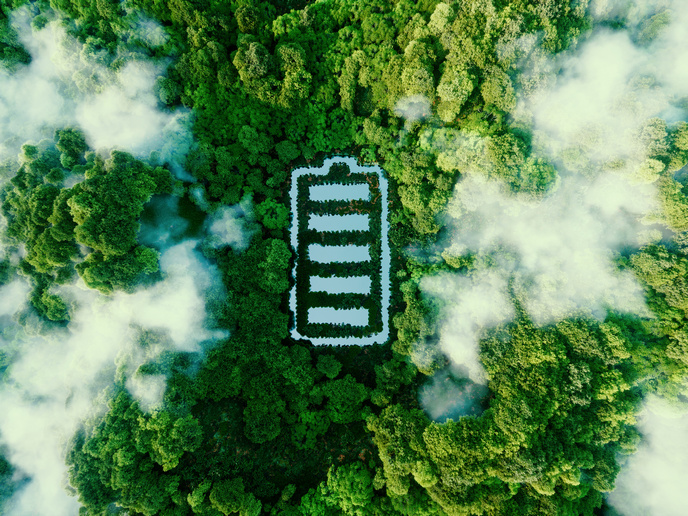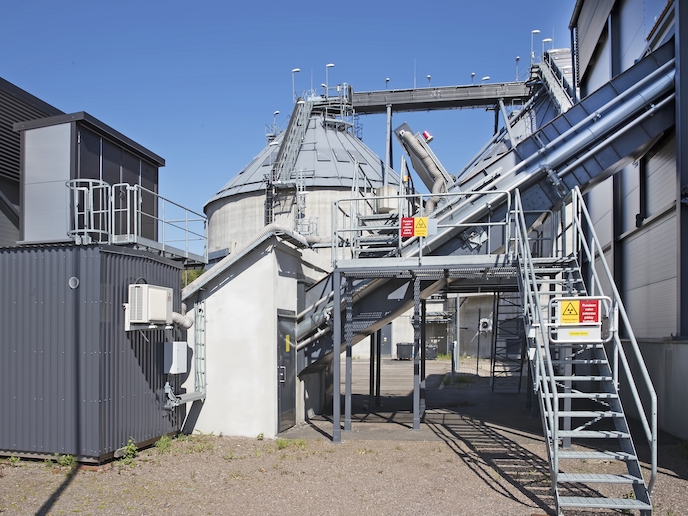Recommendations for the cultivation of energy crops
The European Commission has set a goal of increasing the share of biofuels in its energy portfolio, but not at the expense of the environment, food prices or other potential snares. The Energy, Environment and Sustainable Development Programme supported research aiming to identify the most viable energy crops from this perspective. The Institut fuer Umweltstudien - Weibel & Ness GmbH (IUS) in Germany participated in the project, which was entitled BIO-ENERGY CHAINS. Their approach involved performing an Environmental impact assessment (EIA) addressing the entire lifecycle of each type of biofuel. They discovered that the management of the crop, including chemical application, equipment usage and scheduling of the harvest, was almost as important as the crop itself. The IUS scientists made a number of suggestions following their analysis of the different crops. For example, forests, wetlands and other valuable ecosystems should not be sacrificed for energy crop cultivation, rather idle agricultural or pastoral lands should be used. In addition, combining different kinds of energy crops helps promote biodiversity while enriching the landscape for local fauna. In fact, careful planning of plantings can actually add environmental value, for instance in the form of erosion control or wastewater recycling. Targeted plantings can also be used to provide linkages between natural habitats or to break up agricultural monocultures. Ultimately, the IUS researchers concluded that the choice of crop and location for cultivation must be integrated into an overall strategy addressing sustainable agriculture, forest management and regional development.







